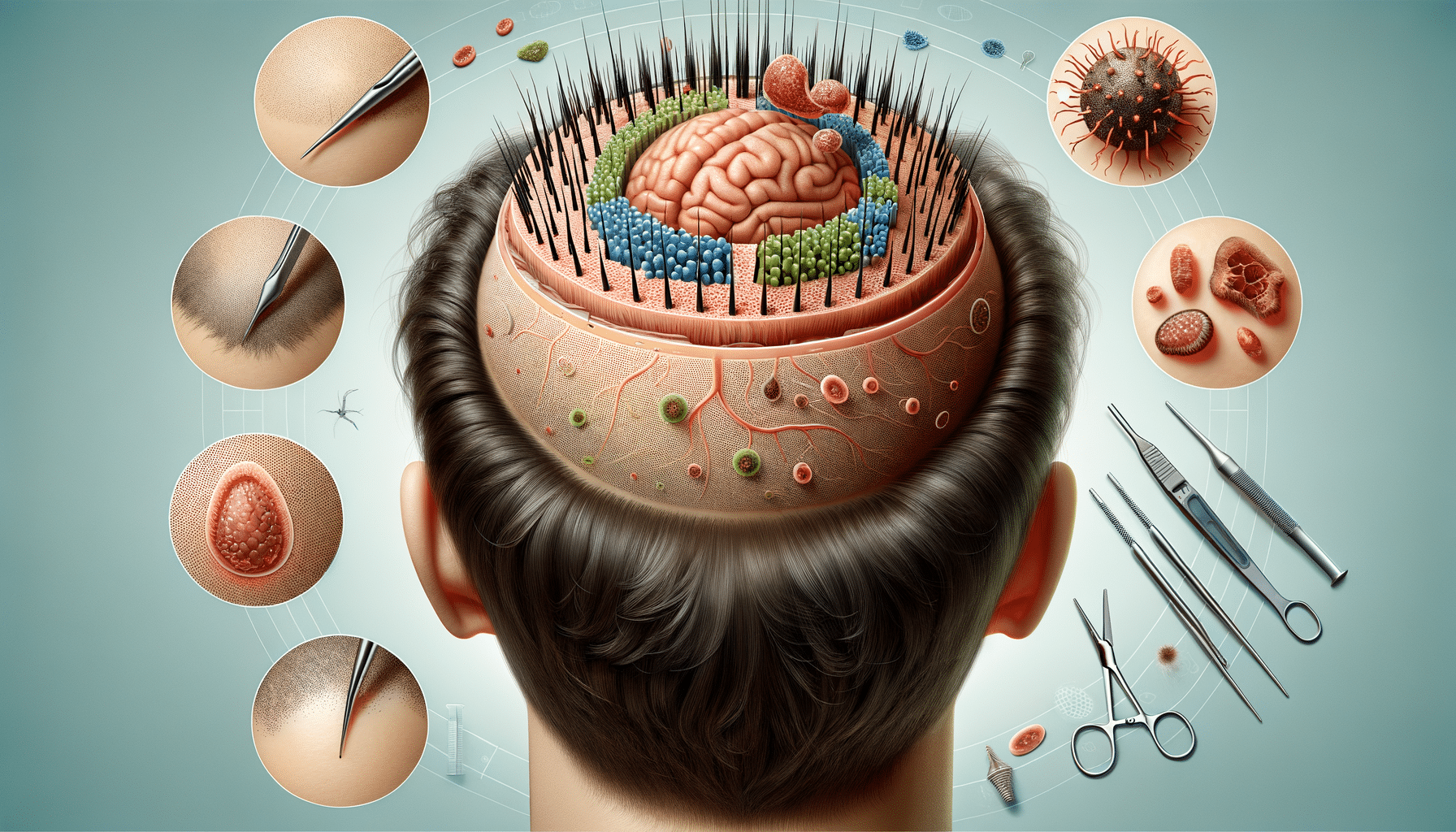
Understanding Hair Transplant: A Comprehensive Guide
Introduction to Hair Transplants
Hair loss is a common concern affecting millions worldwide, leading to a search for effective solutions. A hair transplant offers a promising option for those looking to restore their hairline and regain confidence. This procedure involves moving hair follicles from a part of the body with dense growth to areas experiencing thinning or baldness. The result is a natural-looking restoration that can significantly improve one’s appearance.
Hair transplants have evolved significantly over the years, with advancements in technology and techniques making the process more efficient and less invasive. Understanding the procedure, its benefits, and potential risks can help individuals make informed decisions about pursuing this treatment.
Types of Hair Transplant Techniques
There are primarily two types of hair transplant techniques: Follicular Unit Transplantation (FUT) and Follicular Unit Extraction (FUE). Each method has its unique approach and advantages, catering to different needs and preferences.
Follicular Unit Transplantation (FUT) involves removing a strip of scalp from the donor area, usually the back of the head, where hair is more resistant to balding. The strip is then dissected into individual follicular units, which are transplanted into the thinning or balding areas. This technique is known for its ability to cover large areas in a single session.
Follicular Unit Extraction (FUE), on the other hand, involves extracting individual hair follicles directly from the donor area using a micro-punch. These follicles are then implanted into the recipient area. FUE is less invasive and leaves minimal scarring, making it a popular choice for those who prefer shorter hairstyles.
Both techniques have their merits, and the choice between them often depends on factors such as the extent of hair loss, donor area characteristics, and personal preferences.
The Procedure: What to Expect
Undergoing a hair transplant can be a life-changing decision, and understanding the procedure can help ease any apprehensions. The process typically begins with a consultation where the surgeon evaluates the patient’s hair loss pattern, discusses expectations, and determines the most suitable technique.
On the day of the procedure, local anesthesia is administered to ensure comfort. For FUT, a strip of scalp is removed, while in FUE, individual follicles are extracted. The recipient area is then prepared, and the harvested follicles are meticulously implanted.
Post-procedure, patients can expect some swelling and discomfort, which usually subsides within a few days. It’s crucial to follow the surgeon’s aftercare instructions to ensure optimal healing and results. Hair growth typically begins a few months post-transplant, with noticeable improvements visible within six to twelve months.
Benefits and Considerations
Hair transplants offer several benefits, including a permanent solution to hair loss and a natural-looking result. Unlike temporary solutions like wigs or hairpieces, transplanted hair grows naturally and can be styled just like the rest of the hair.
However, it’s essential to consider certain factors before proceeding. The success of a hair transplant largely depends on the surgeon’s expertise and the patient’s suitability for the procedure. Factors such as age, hair type, and the extent of hair loss play a crucial role in determining candidacy.
Potential risks include infection, scarring, and unnatural-looking results if not performed by a skilled professional. Therefore, thorough research and selecting a reputable clinic and surgeon are vital to achieving satisfactory outcomes.
Conclusion: Is a Hair Transplant Right for You?
Deciding to undergo a hair transplant is a significant decision that requires careful consideration and consultation with a qualified professional. For those struggling with hair loss, this procedure offers a chance to restore not just hair, but also confidence and self-esteem.
By understanding the types of techniques available, what the procedure entails, and the associated benefits and risks, individuals can make informed choices. Ultimately, a hair transplant can be a valuable investment in one’s appearance and well-being, offering a long-term solution to hair loss.


